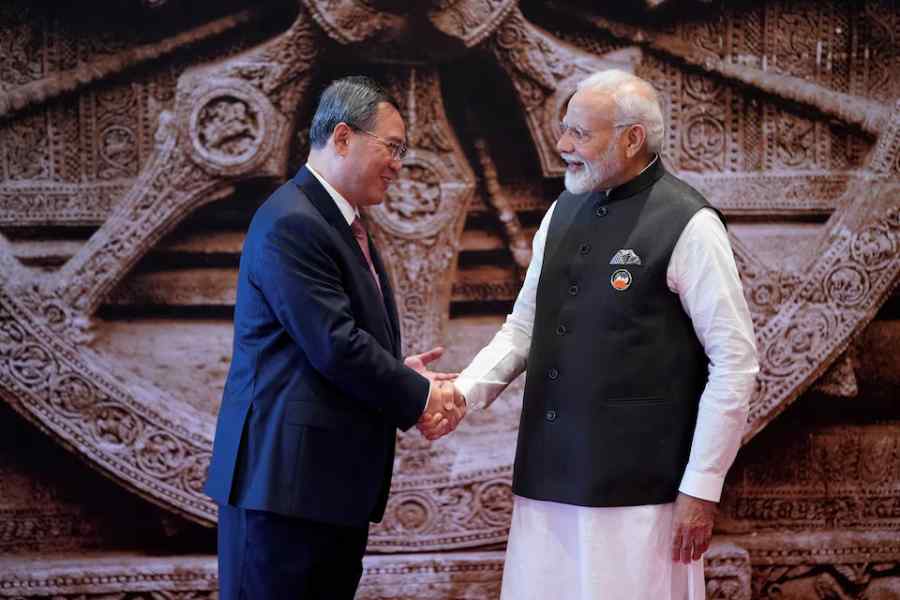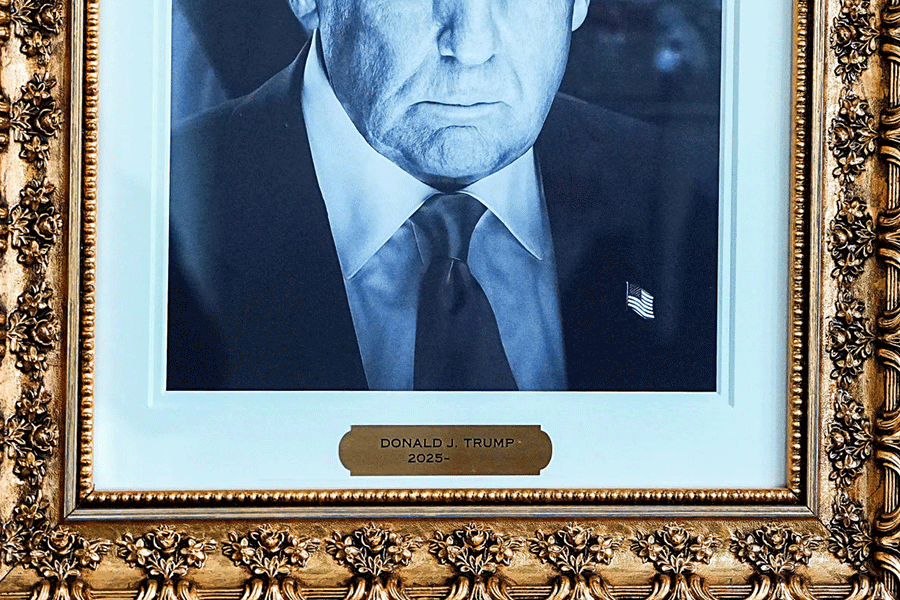 | Guest Column Nirad N Mohapatra |
Cinema in India has travelled a long way in the past hundred years. Here are a few random thoughts on Indian cinema. Raja Harischandra (1913) by Dhundiraj Govind Phalke, better known today as Dada Saheb Phalke, is recorded to be the first Indian story film. However, a number of actuality coverages had been done with movie cameras since 1897.
At the time when Phalke began his film career, no respectable Indian woman would think of acting in a film. Salunke, a male character, had to play Rani Taramati in Raja Harishchandra and later, in another Phalke film, Lanka Dahan, he played both Rama and Sita. At a later phase, Anglo-Indian women from courtesan families came forward to act in films with Hindu screen names.
The first Indian talkie, Alam Ara, made in 1931 by Ardeshir Irani, had a dozen songs. Some early films are said to have had 40 to 60 songs. In their well-researched book Indian Film (1963), Barnouw and Krishnaswamy said: “The Indian sound film, unlike the sound film of any other land, had from its first moment seized exclusively on music-drama forms.”
In the silent phase of cinema, movies had the great advantage of moving around internationally. With the introduction of sound in 1927, the mobility was somehow restricted to a linguistic group. Indian cinema went through a great crisis when sound came. India is a polyglot country and speaks in innumerable tongues. This proved to be a great hurdle for the merchants of mass dreams.
The mainstream cinema here, as elsewhere, wishes to cater to the largest possible number. Since the largest number of people speak or understand Hindi in this country, the Hindi film industry assumed a certain primacy that was denied to the others. But going by the records, Hindi films constitute only one sixth of the total number of films made in India (206 out of the total 1,255 in 2011). However, the so called Bollywood films (a coinage by some fan magazine journalist) have often been considered as our National cinema.
Barring the Hollywood musicals, nowhere else in the world does this kind of song-and-dance fare attract such a huge audience. Of course, its peculiar format has evolved out of several cultural influences including our mythology and folk forms.
But this euphoria regarding the success of some of these recent films abroad have created a popular misconception that this format is getting appreciated the world over. Nothing of the sort has happened. It is only the increasing number of Indian diaspora that has set the box-office tinkling. It is largely the regional-language films that have won laurels for Indian cinema. It’s not surprising because cinema being a photographic medium, is more culture-specific. While film has an universal appeal and transcends local barrier, its critical success mainly depends on being grounded in a specific culture.
Till Pather Panchali won the ‘Best human document’ award at the Cannes Film Festival of 1956, Indian cinema was little known to the critics and connoisseurs abroad. Satyajit Ray’s maiden film, however, was not the first Indian film to win an International award. In 1936, Sant Tukaram, produced by Prabhat Studios in Marathi, had won the best film award at Venice Film Festival. But it is Pather Panchali that left an indelible mark on the global film scene. Needless to say that it mirrored the reality of rural India with such beauty and truth, it felt like “walking barefoot into reality”.
Although its immediate influence was restricted to a geographical region, later on, it inspired a whole generation of film-makers. In many ways, it remains an iconic film not only as a path-finder which broke all the established rules of the studio-made mainstream film, but also made inroads into its audience base. It was solely instrumental in the implementation of the Patil Committee recommendations that had been put on the back burner since 1951. This film’s critical and commercial success prompted the Indian government to implement those recommendations in 1960.
As a result, a Film Finance Corporation (FFC, now NFDC) and the Film Institute of India was set up to give Indian cinema a facelift. Soon after, in 1961, the National Film Archive of India came up. These institutions provided the much-needed infrastructure for the emergence of a new movement. Satyajit Ray, Ritwick Ghatak and Mrinal Sen continued to make films in their individual style much before its appearance. It is sad that it took so long for their efforts to crystallise into a movement.
Finally, Mrinal sen’s FFC-financed film Bhuvan Shome (1969), a light-hearted Hindi film, broke the stranglehold of formula films and triggered, what the critics later dubbed as, the “Indian new wave”. It was an assorted group of film-makers from various regions, mainly comprising Film Institute graduates, Film Society activists and some others. These films were characterised by low budget, location shooting, new faces and no songs. The polarisation between commercial and socially-conscious realistic cinema became perceptible. Government support and critical success kept the movement afloat for almost two decades.
Although funding was available for such ventures, distribution and exhibition posed a great problem. The grand plan of the National Film Development Corporation to set up art houses in various states for exhibition of such films did not materialise.
In lieu of an alternate channel for distribution and exhibition, the movement came to a grinding halt. But even today, I believe, the minority audience for such films exists in various pockets. But there is no way to reach out to them. Now, such film-makers are left to fight their individual battles and depend on the mercy of market forces which decide their fate.
On hind sight, it seems to me, lack of an organised body to lobby for the cause of good cinema was also partly responsible for its demise. Fortunately, the influence of that movement is now seen through some sporadic attempts made within the ambit of commercial cinema.











